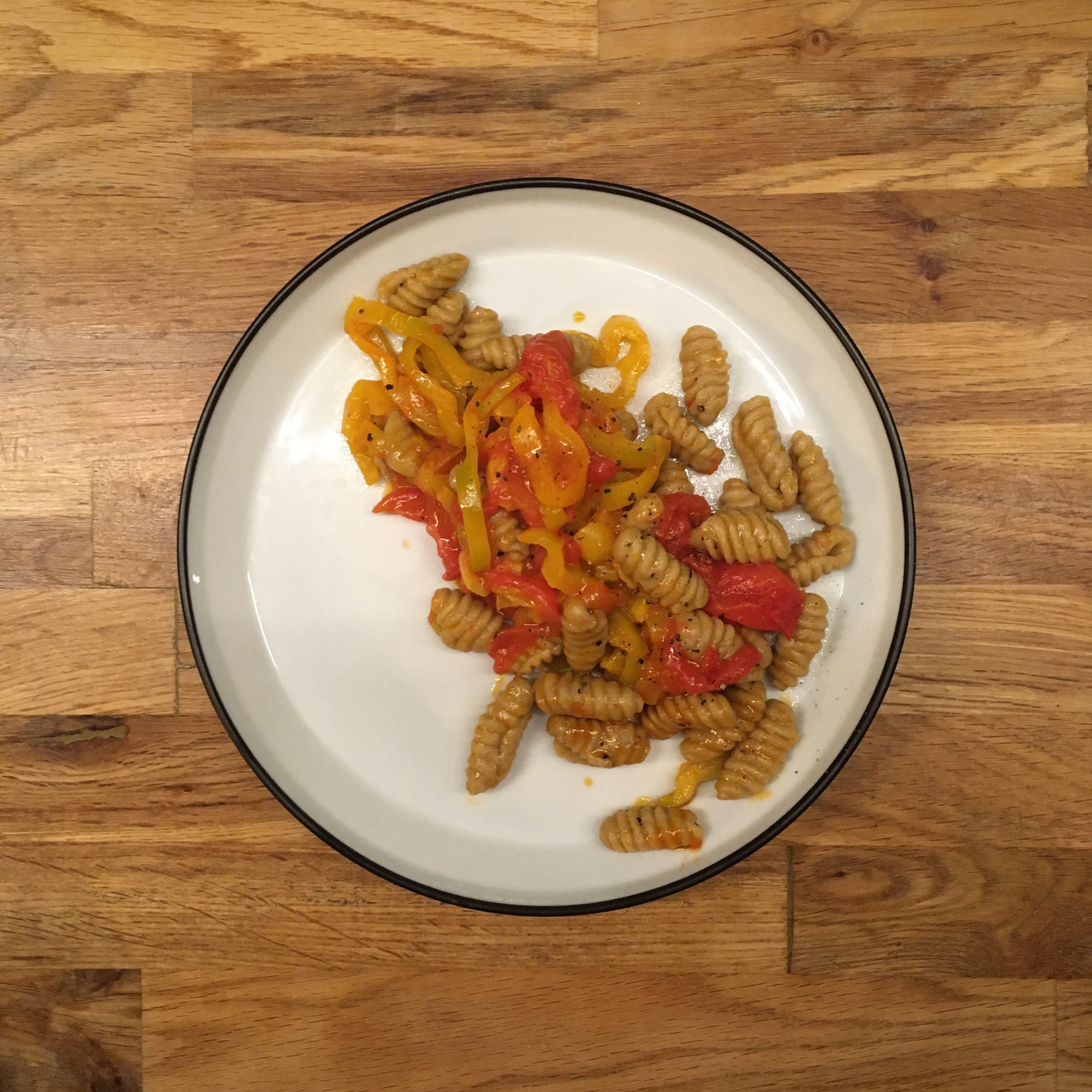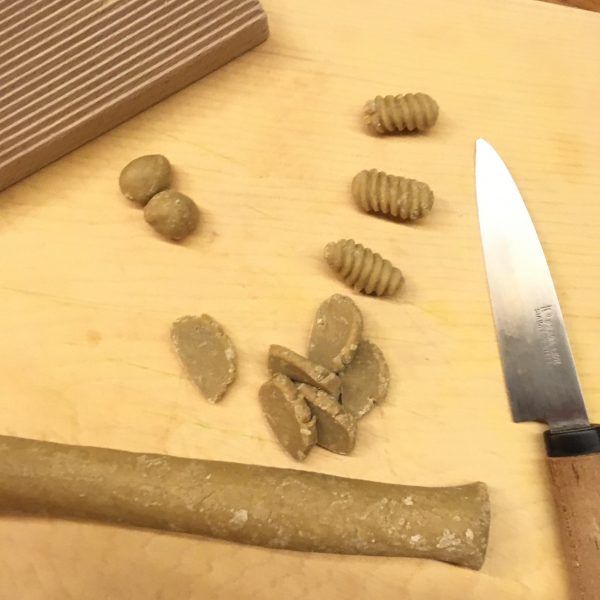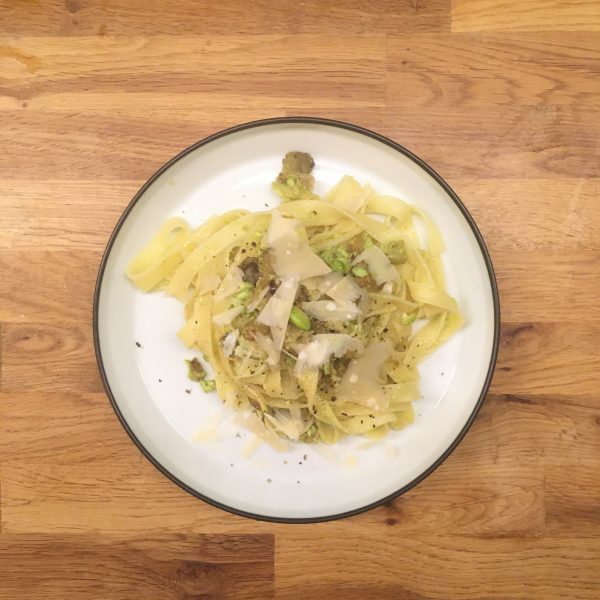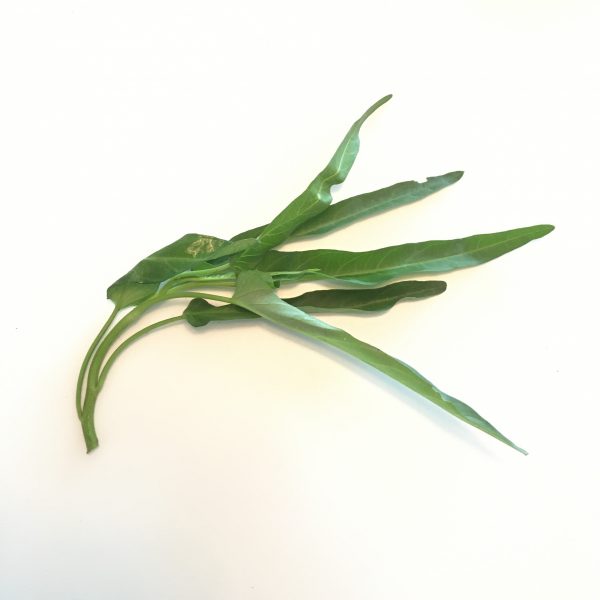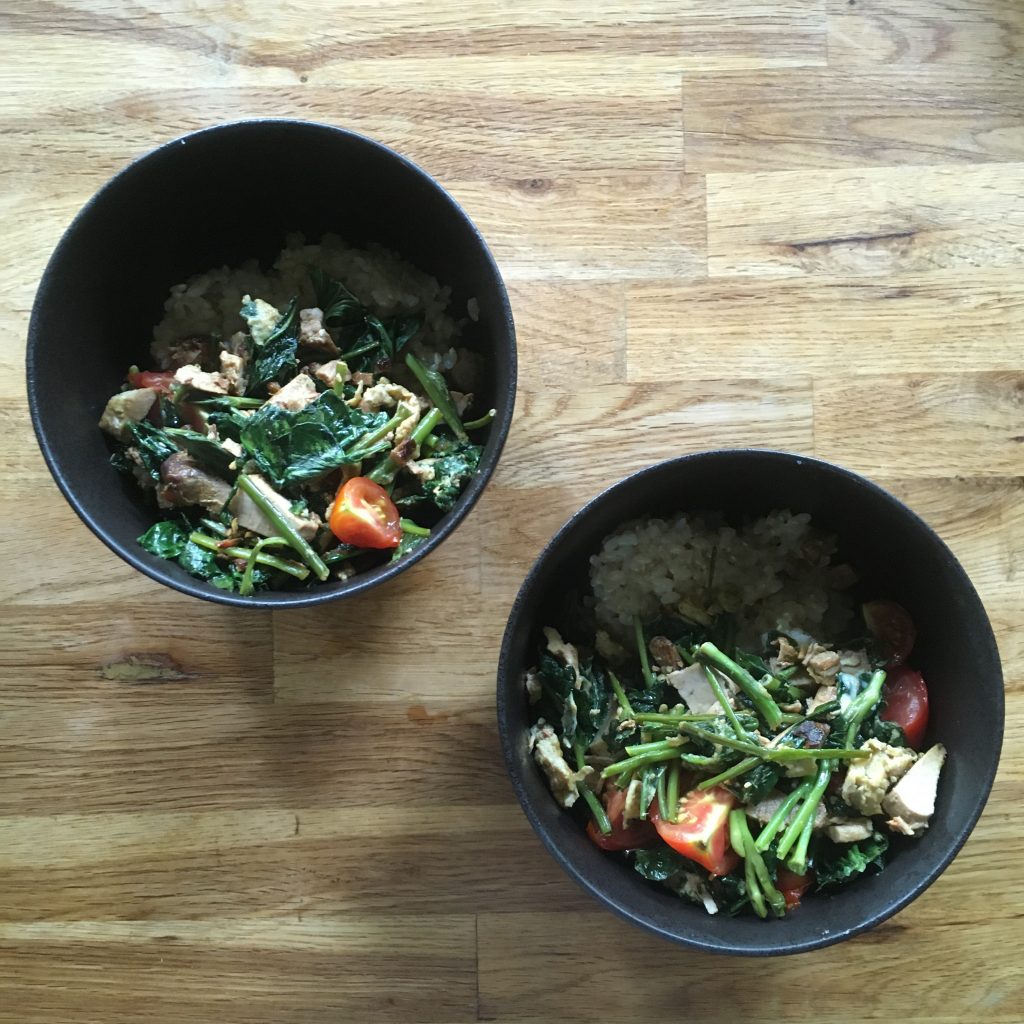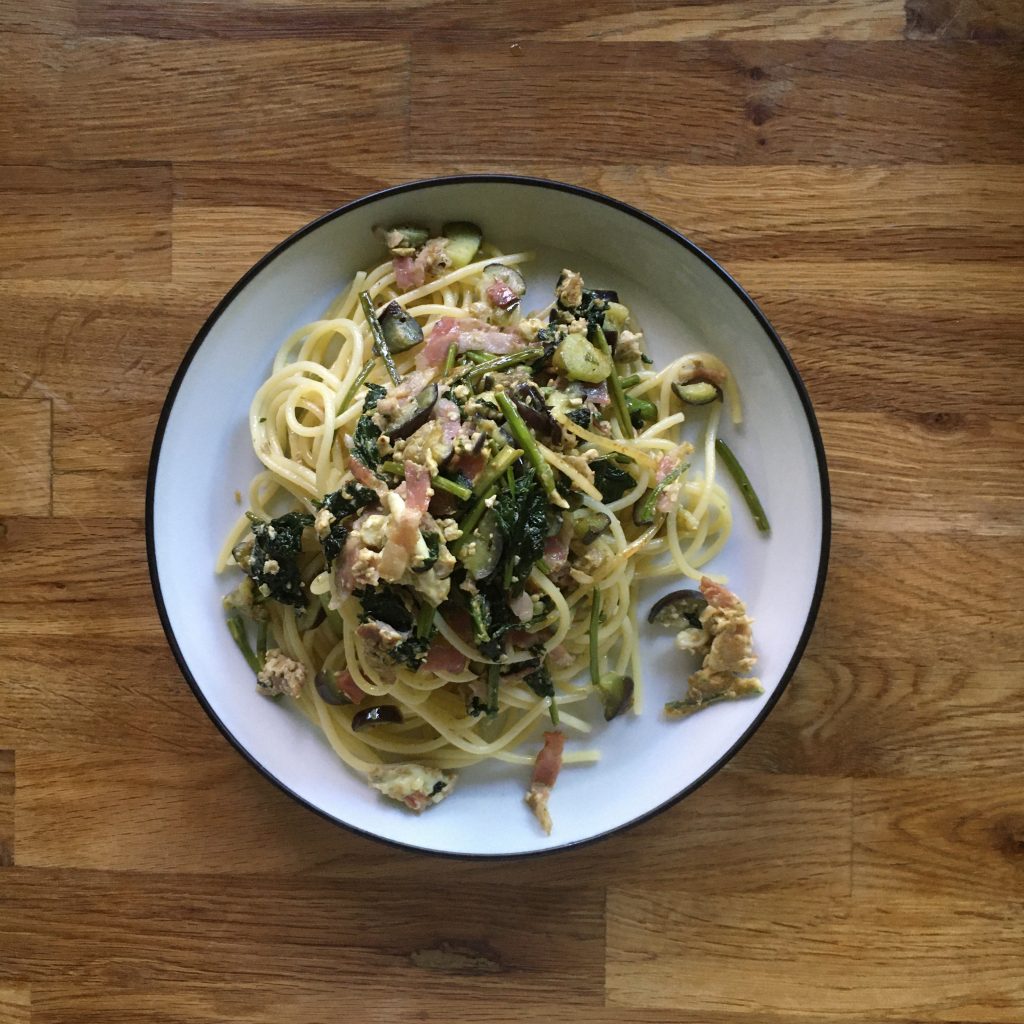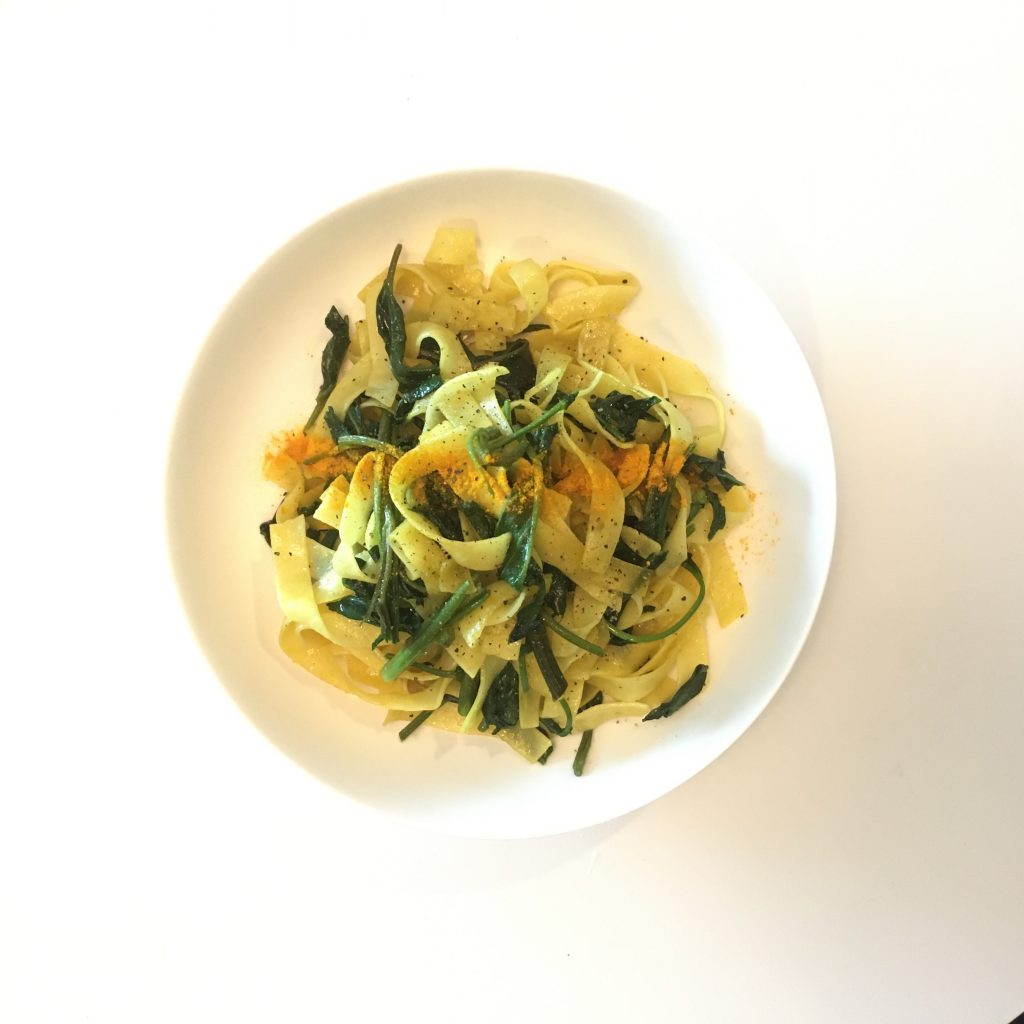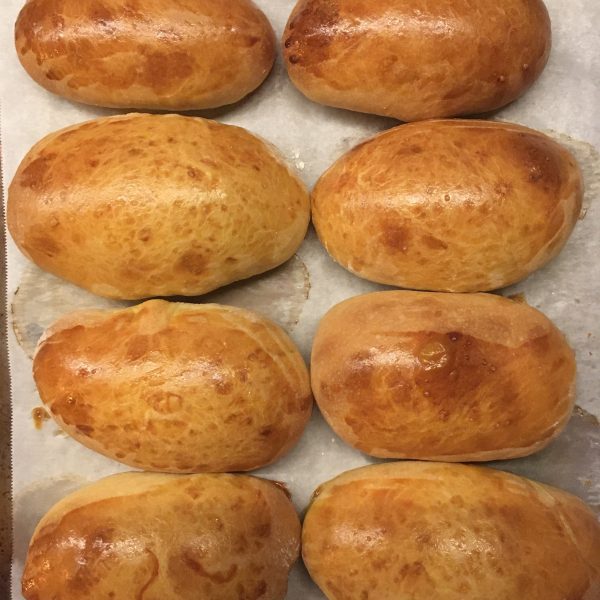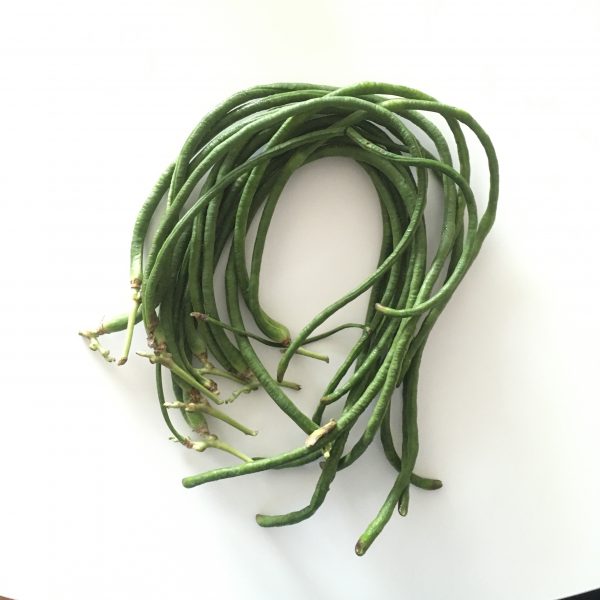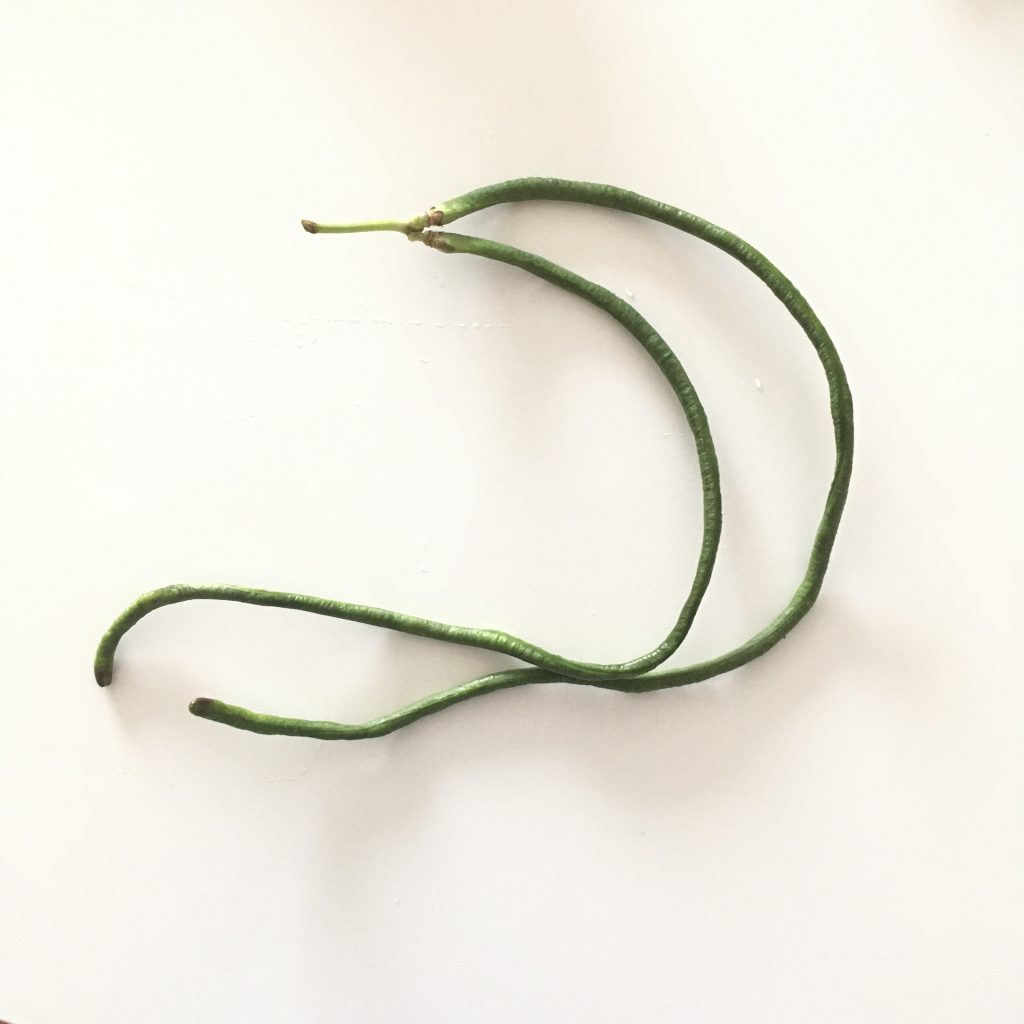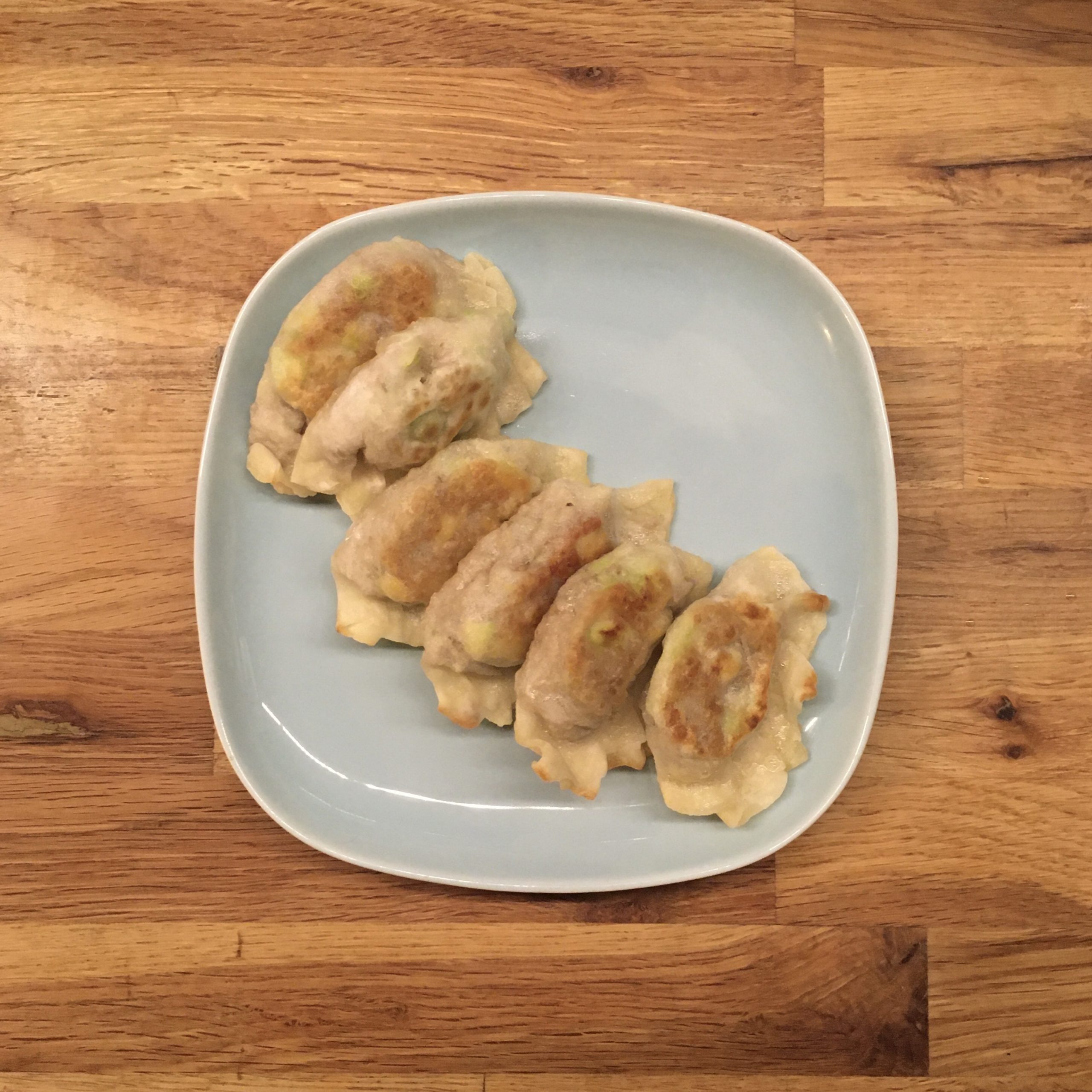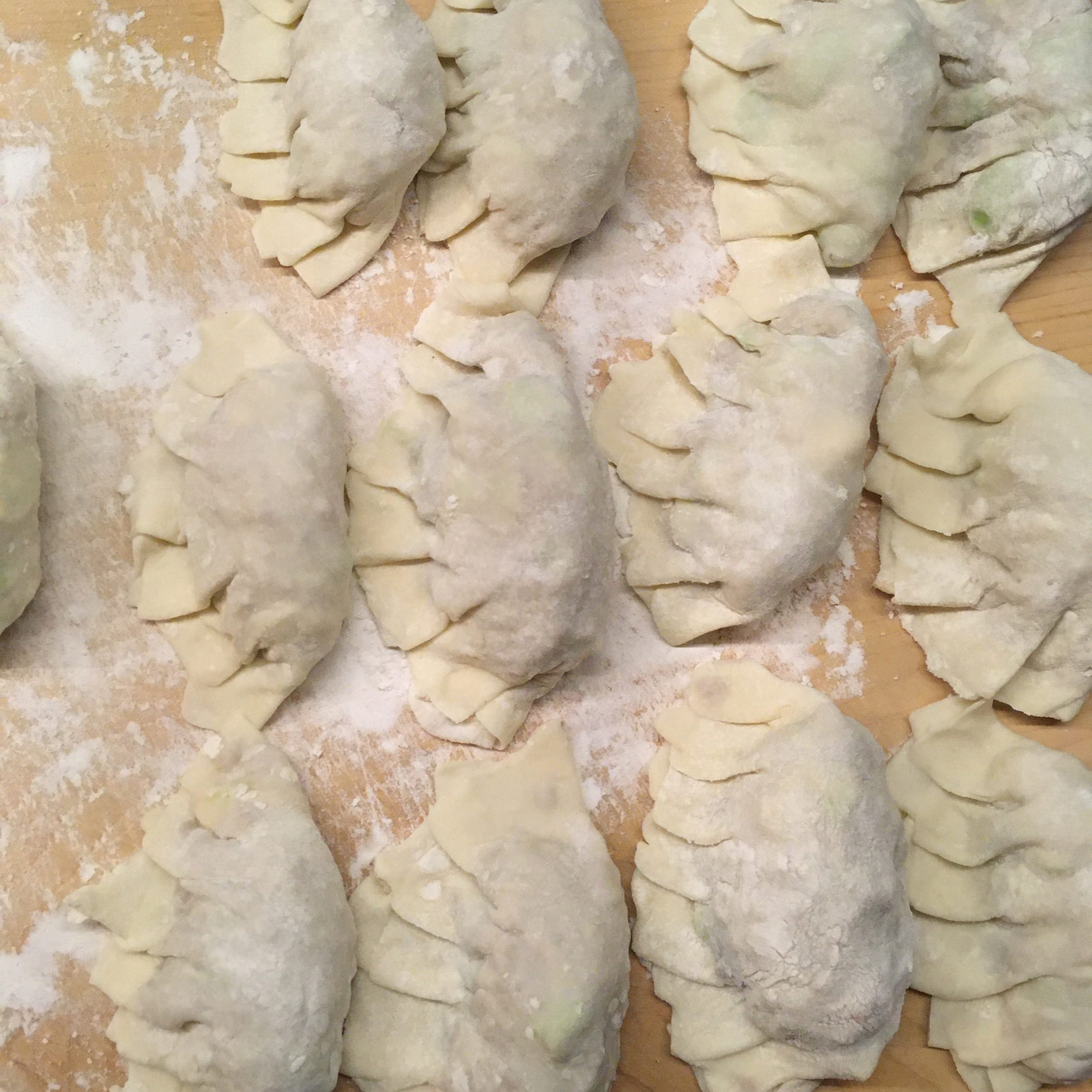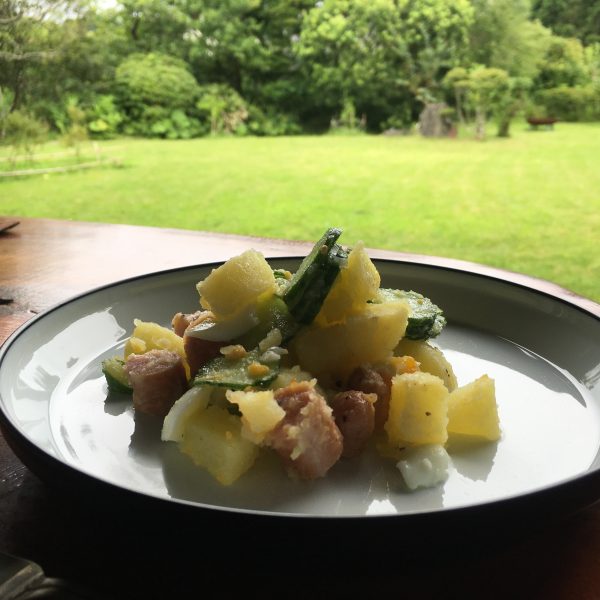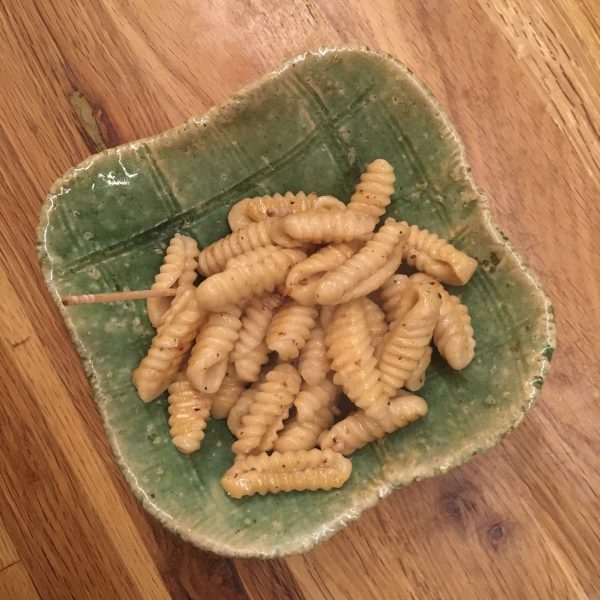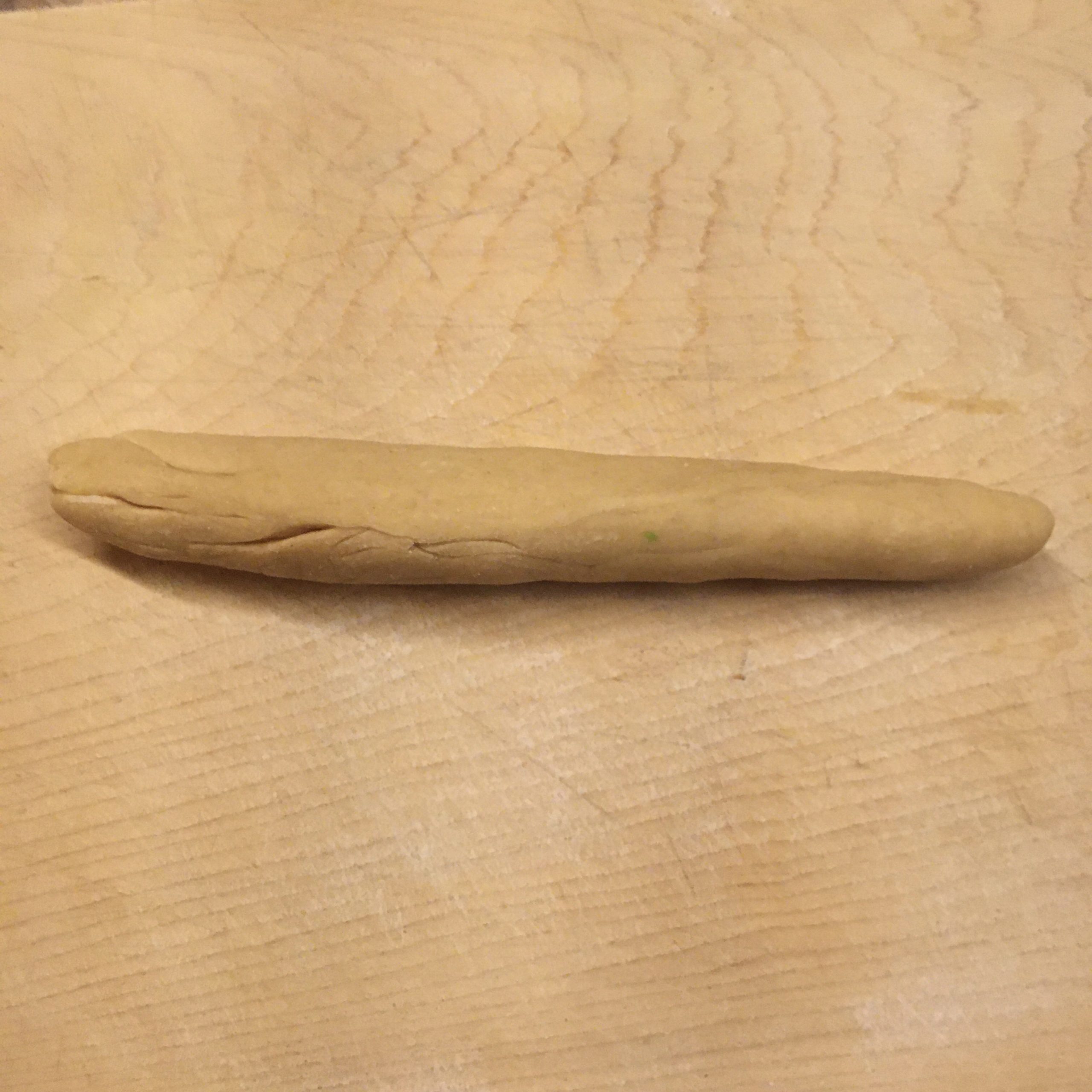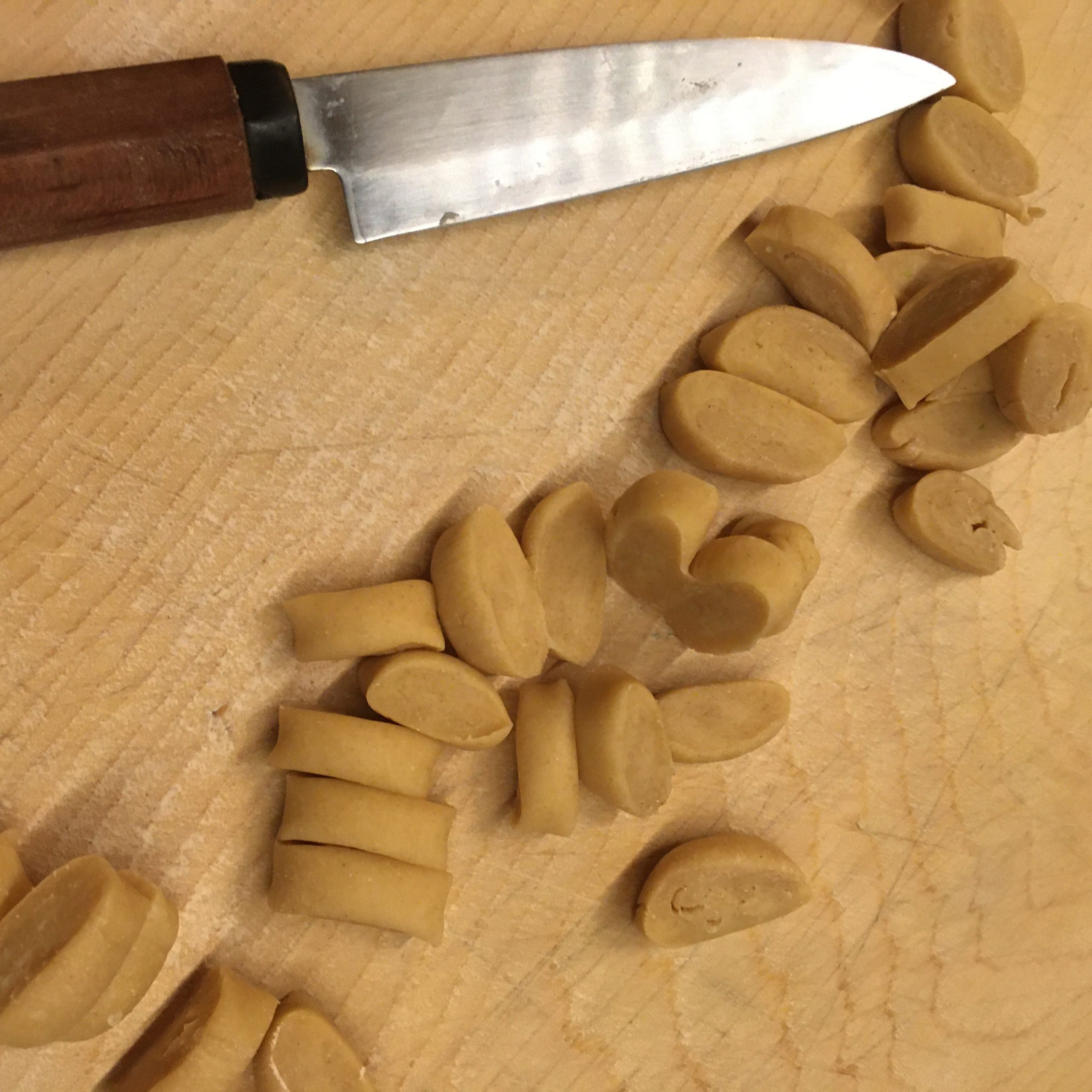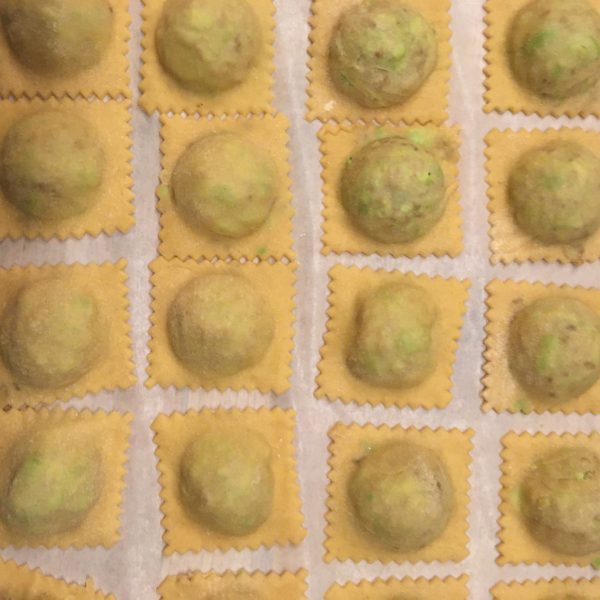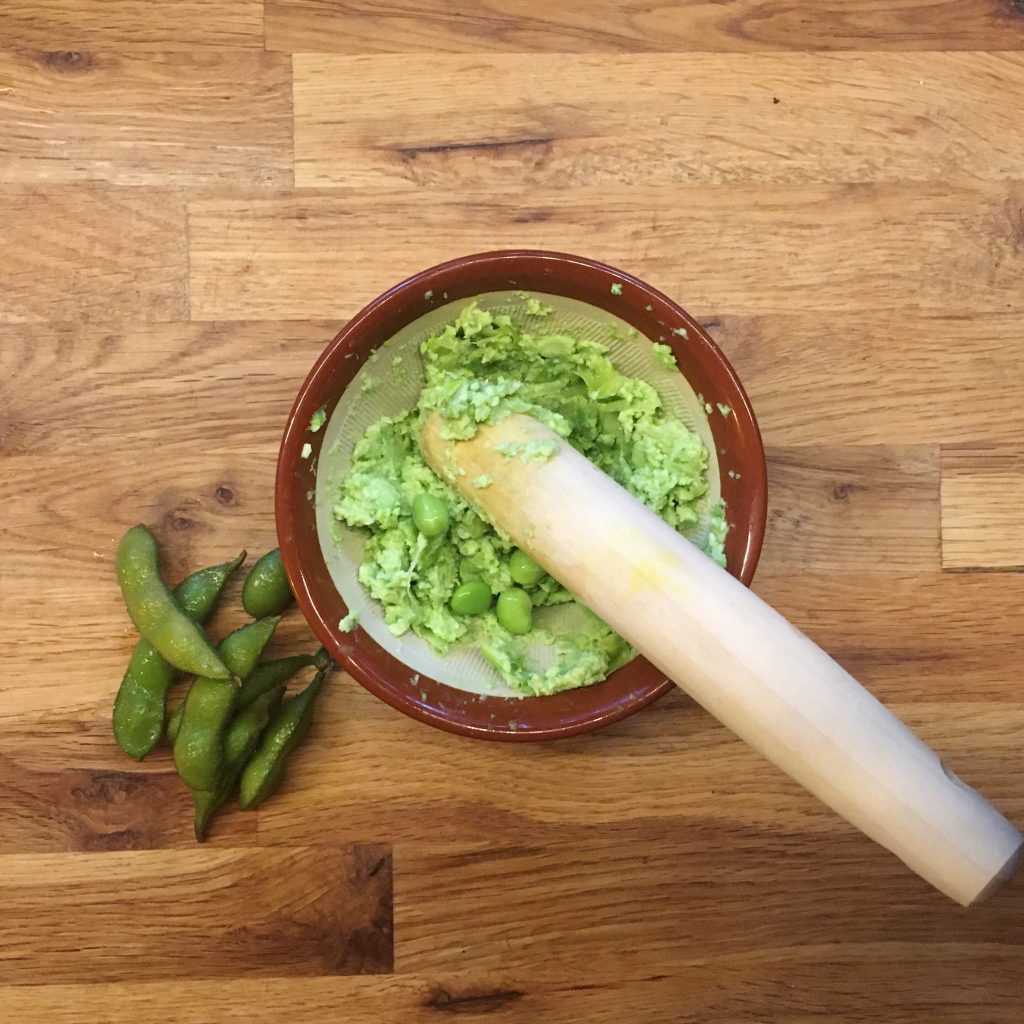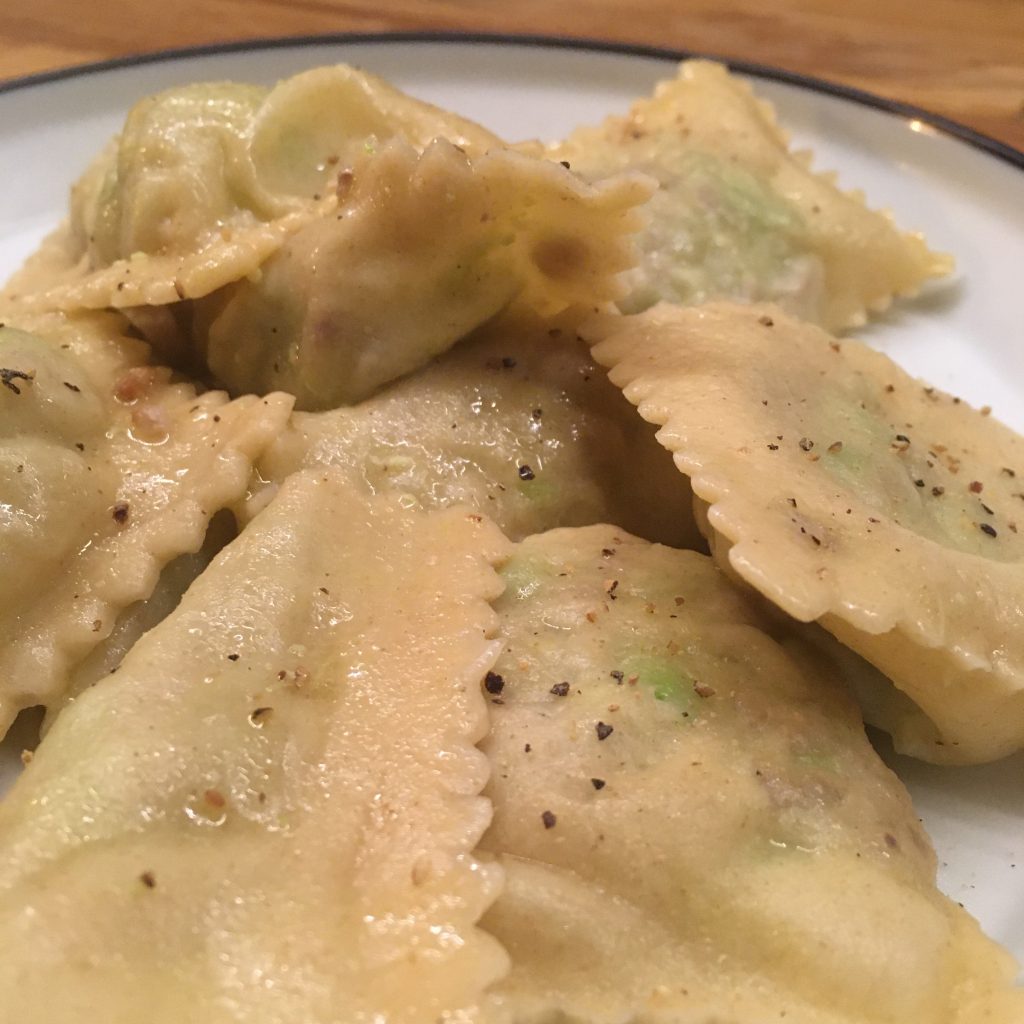Discovering again and again new vegetables… this one seems to be a new breed of sweet pepper… not that I am a fan of new breeds… there are so many existing that I am not sure to see the point… in the meantime that’s how many vegetables and fruits have been created… anyway I didn’t know when I bought it, it looked nice and was a good change, as with the end of the summer it’s all about eggplants, cucumbers, okras and tomatoes… and I don’t want to start too quickly with the fall vegetables, there will enough time for that… and it’s still hot, so I don’t feel like kabocha and sweet potatoes yet!!!

The name of this new vegetable is “palermo”… it reminded me Sicily, so I put it in my basket. Yellow, long and firm… just like a bell pepper. I was hoping it wouldn’t be strong and spicy, all the contrary. The taste is very mild and rather sweet. But the flesh is thinner than that of the regular red, orange or yellow bell peppers, so it feels not very nourishing. I prepared it with a fresh tomato sauce, to serve with gnochetti.
Gnochetti that I made with buckwheat. Indeed, the meal I had in mind was very different… I was planning to prepare soba with some green vegetables, when I realized that all the soba were gone and I only had buckwheat flour in the pantry… I didn’t feel like trying to do handmade soba at the very moment, instead I opted for something I knew I could succeed in easily… 😉 gnochetti felt perfect, but then I needed to change the vegetables and thought about the palermo. All set and here are my recipes.
Buckwheat gnochetti
- 50g of buckwheat flour
- 25g of whole-wheat flour
- 25g of flour
- 1 egg
- A bit of water
Mix all the flours together, add the egg and knead. Only if the dough is really hard or if all the flour is not well incorporated then add a few drops of water and knead well.
Keep 30min to rest. Then make a 1.5-2cm diameter roll and cut chips of 1-2mm thick (see top picture). Make balls with the chips and roll on a gnocchi board.
In a large pan filled with water boil the gnochetti and remove them when afloat. Put the gnochetti in the pan of the sauce (see below)
Tomatoes and palermo sweet pepper sauce
- 2 tomatoes
- 1 palermo bell pepper
- Olive oil
- Salt and pepper
In a large frypan, splash some olive oil. Wash and cut the tomatoes and add to the pan. Start cooking at medium heat. Wash, remove the seeds and slice the palermo, add to the tomatoes. Cook at low heat until there is only a thin layer of liquid remaining. Stop cooking.
Add the boiled gnochetti to the sauce pan, add salt and pepper, a splash of olive oil and stir well at medium heat. Serve and enjoy!!!
